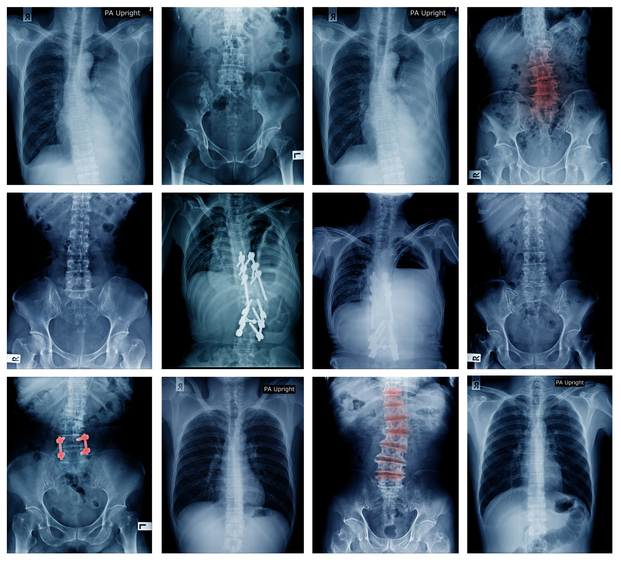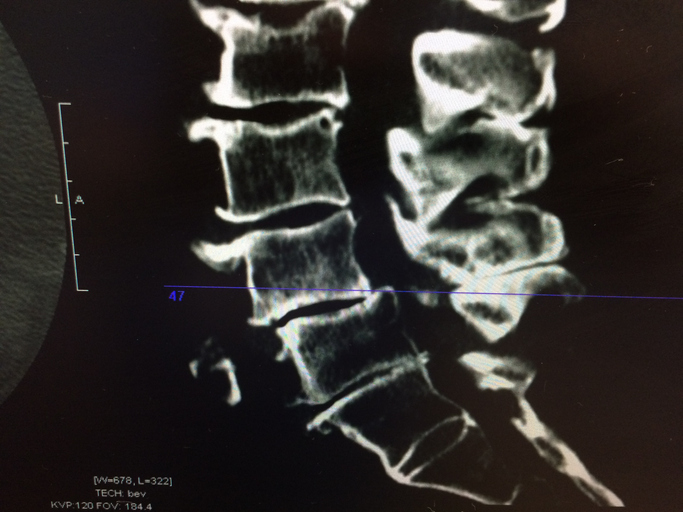Pain
Surgical Treatment Options for Spinal Stenosis

What is spinal stenosis?
Spinal stenosis is a narrowing of the spinal canal. It occurs when the bony openings within the spine (foramina) begin to narrow, placing pressure on the nerves traveling throughout the spine. This reduced nerve space can occur within the spinal cord or where the spinal nerves exit the spinal canal. Spinal stenosis most commonly affects the upper neck (cervical) and lower back (lumbar); however, although rare, the upper and middle back (thoracic) can also be affected.
Surgical options
When conservative treatments for spinal stenosis are unsuccessful, surgery may be recommended. The goal of surgical treatment is to increase space within the spinal canal. This relieves pressure on the spinal cord and nerve roots, relieving pain. Surgery can also help restore spinal alignment.
Spinal decompression surgery
Spinal decompression surgery is a term that refers to any surgical procedure that aims to relieve symptoms caused by pressure on the spinal cord or nerve roots. The risks associated with this type of surgery include infection, bleeding, blood clots, and nerve or tissue damage. Types of spinal decompression surgery include laminectomy, laminotomy, laminoplasty, foraminotomy, and corpectomy.
- Laminectomy
This is the most common surgical procedure for spinal stenosis. In this procedure, the surgeon removes the lamina (roof or back part) of one or more vertebrae to create more space for the nerves. In severe cases, parts of the joints between vertebrae may also be removed. - Laminotomy
Laminotomy is similar to laminectomy but only a portion of the lamina is removed. Typically, a small hole is chiseled to increase space in the spinal canal and relieve pressure in one particular location. - Laminoplasty
This procedure is only performed on the cervical spine in the neck. During a laminoplasty, the space within the spinal canal is opened by creating a hinge on the lamina. Metal plates and screws are used to bridge the gap in the opened section of the spine. - Foraminotomy
During a foraminotomy, part of the affected intervertebral foramen (the bony openings between the vertebrae through which nerves leave the spine and extend to other parts of the body) is removed. Bone spurs and parts of the affected disc or other soft tissues that compress the nerves may also be removed. This procedure is less invasive than a laminectomy but can only be used when spinal stenosis is not widespread. - Corpectomy
This procedure is rarely performed and involves the complete removal of a vertebra. This is more likely to happen if spinal stenosis has occurred at multiple levels or if extensive spinal degeneration or a fracture is involved.
Discectomy and fusion
If disc degeneration is the cause of spinal stenosis, discectomy and fusion may be performed to remove the degenerated disc and fuse the surrounding vertebrae. Fusion can also be performed with other procedures, such as laminectomy or foraminotomy. The most commonly performed discectomy and fusion surgery (in the neck) is anterior cervical discectomy with fusion (ACDF).
These surgical interventions may reduce or eliminate symptoms of spinal stenosis. However, worsened symptoms or complications, including infection, excessive bleeding, blood clots, and nerve, tissue or spinal cord damage, can occur. It is important to weigh the risks and benefits of surgical treatment with a physician.


















